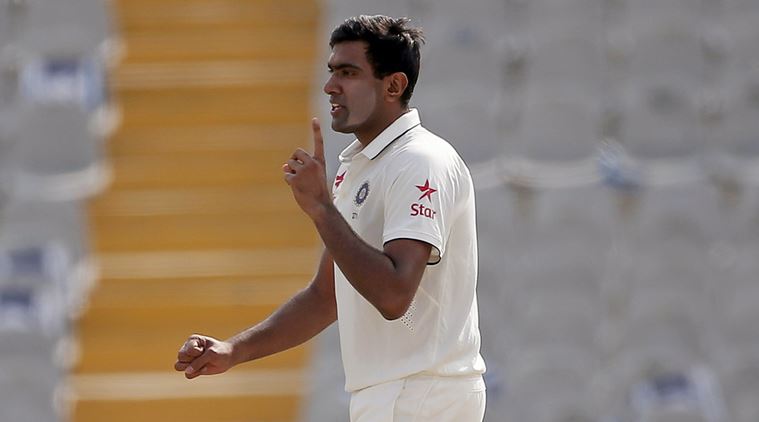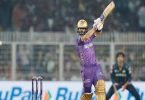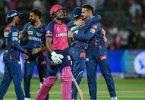India off-spinner Ravichandran Ashwin made a stunning comeback to international cricket after a gap of almost 9 months. Ashwin picked up seven wickets to bowl South Africa out for 431 and keep India’s nose in front despite brilliant counter-attacking centuries from South African left-handers Dean Elgar and Quinton de Kock in the first India vs South Africa Test match. Ashwin, who bagged his 27th five-wicket haul on Friday, took the remaining two wickets to wrap up the innings in the morning session on Day 4 in Visakhapatnam.
With that the Indian off-spinner took himself on the doorsteps of a massive record. Ashwin is now just 1 wicket away from equalling Sri Lanka’s Muttiah Muralitharan’s world record of being the fastest to 350 Test wickets.
Ashwin, who has 349 wickets to his name, needs pick up 1 more wicket in this match to equal Murali’s world record. The Sri Lankan spin wizard also is the all-time highest wicket taker in Test matches with 800 scalps to his credit. Murali had achieved the milestone in his 66th Test match back in 2001 against Bangladesh. Ashwin too is making his 66th appearance in the purest format of the game.
Ashwin got overnight batsman Keshav Maharaj out for nine and then trapped Kagiso Rabada for 15 as the Proteas conceded a 71-run lead in response to India’s 502 for seven declared.
With the second innings on a fifth day track still remaining, it is very likely that Ashwin will equal Muralitharan’s record. Ashwin in fact has the chance of beating Murali in terms of balls bowled to get to 350 Test scalps.
Murali had taken 3605.2 overs to take 250 Test wickets. Ashwin, on the other hand has only bowled 3108.2 overs so far. The Sri Lanka legend however, has the edge over Ashwin in all other aspects of bowling – average, economy and runs conceded.
To put his Ashwin’s performance into perspective, he is set to beat Anil Kumble as India’s fastest to 350 Test scalps by 11 Tests. Kumble had taken 77 Tests to reach to that milestone.







